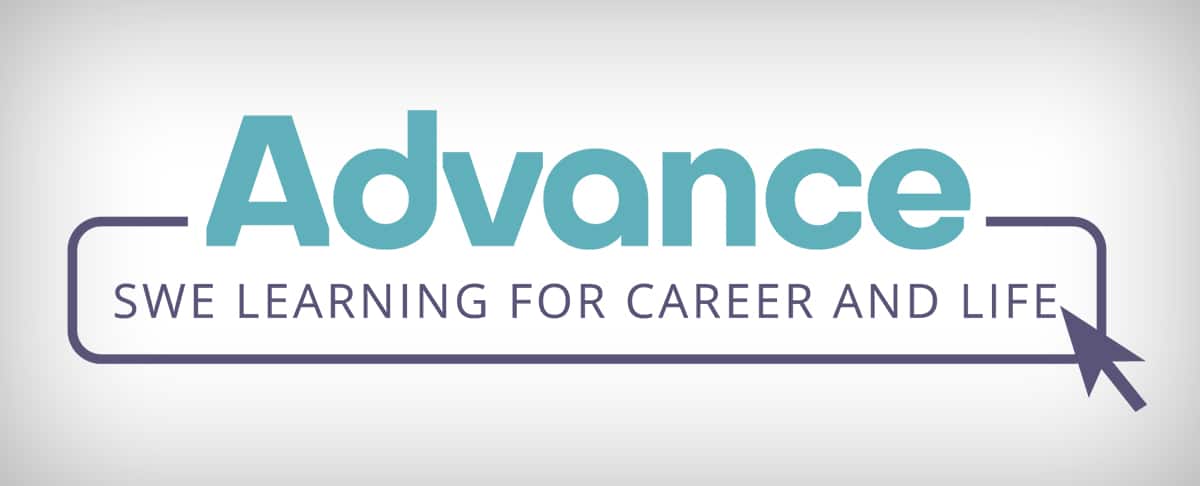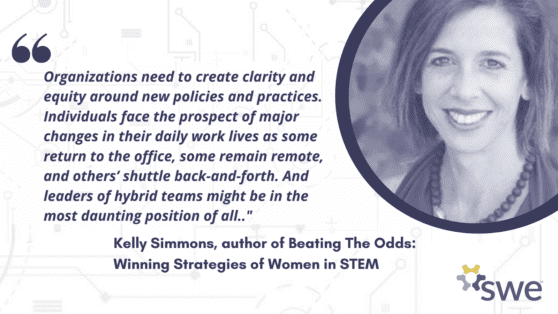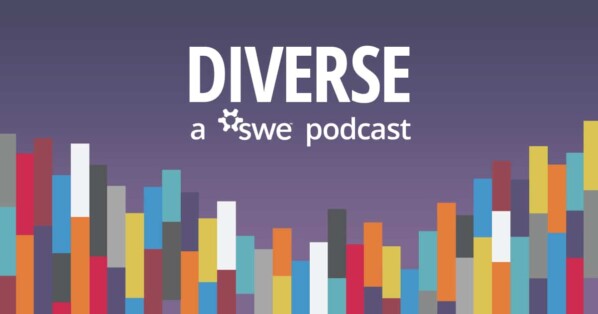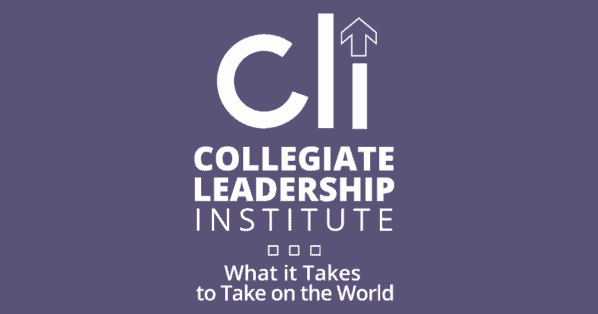Have you ever felt overwhelmed and lost when making decisions? Decision-making is a common challenge when it comes to both career and personal development.
GradSWE member Laney Casella shares her tool for overcoming the challenge of making decisions. Laney has mastered decision matrices, a device to help any decision maker feel more confident and have a clearer perspective on the decisions in front of them. Decision matrices are straightforward and easy for anyone to use. You can learn more about decision matrices and how to use them by viewing Laney Casella’s on-demand presentation, Engineering Tools to Guide Life Choices: Decision Matrices.
Learn more about the session’s presenter, Laney Casella, below.
 1) Where did you go to school and what did you major in? If you did research, what is your research on?
1) Where did you go to school and what did you major in? If you did research, what is your research on?
For my undergraduate studies, I attended the University of Akron and studied biomedical engineering. I worked in a research lab that focused on central nerve regeneration to address neurodegenerative diseases like Alzheimer’s and Parkinson’s. Now, I am a graduate student at UC Davis, where I am pursuing a PhD in biomedical engineering. My project is focused on developing electrically conductive biomaterials to encourage electrically active peripheral nerves within the body to grow into engineered muscle and bone tissue. We are hoping this will enhance the engineered tissue’s ability to communicate with and function in the native body.
2) What motivated you to pursue your research?
Tissue engineering and regenerative medicine has fascinated me since I first came to learn what it was! What initially sparked my interest was the thought of how many people are in need of organ transplants and the severe lack of donations that could save their lives. Throughout my career so far, I have learned that the potential of tissue engineering research is so much more expansive, and while some groups are, indeed, focused on regenerating organs for transplantation, others are trying to help cure diseases that stem from deteriorating tissue (Alzheimer’s and Multiple Sclerosis to name two), or to develop materials that better mimic bone, cartilage, and tendons to help address orthopedic issues. There are so many possibilities for tissue-engineered solutions, which I find fascinating and inspiring!
3) What sparked your interest in the concept of decision matrices?
My mom and sisters (all engineers, too!) taught me about decision matrices and how to construct them. Before I knew about decision matrices, I was discouraged by idea that, to figure out which decision to make, I would need to somehow sort through the morass of my thoughts either in my head or on a page and figure out a way to organize them productively. Decision matrices make this process really straightforward and fairly objective
4) How have decision matrices helped you make difficult decisions in your life?
As a recovering perfectionist, I frequently get stuck in the FOMO (Fear Of Missing Out) mindset when it comes to life’s tough choices, and when I had to decide which career path to start pursuing after graduating with my Bachelor’s degree, I felt very lost. Using the advice bestowed on me by my mom and sisters, I made a decision matrix about what I wanted my life for the next few years to look like! Doing this really helped me gain some clarity about my thoughts and helped to dampen some of those thoughts and emotions that were doing nothing but creating anxiety.
5) What is the main benefit to using decision matrices?
Decision matrices, by design, guide you to methodically examine your thoughts and priorities about each of your options. This can either help you come up with as objective a decision as possible about your options, or help reveal what you truly want. It is a simple tool that can have a big impact if you’re stuck.
6) What do you like to do in your free time?
I really enjoy baking (lemon cakes and French macarons), watching movies, shopping, and dreaming about vacations to Japan!
Don’t forget to view Laney’s presentation, Engineering Tools to Guide Life Choices: Decision Matrices on the Advance Learning Center!
Author
-

SWE Blog provides up-to-date information and news about the Society and how our members are making a difference every day. You’ll find stories about SWE members, engineering, technology, and other STEM-related topics.






